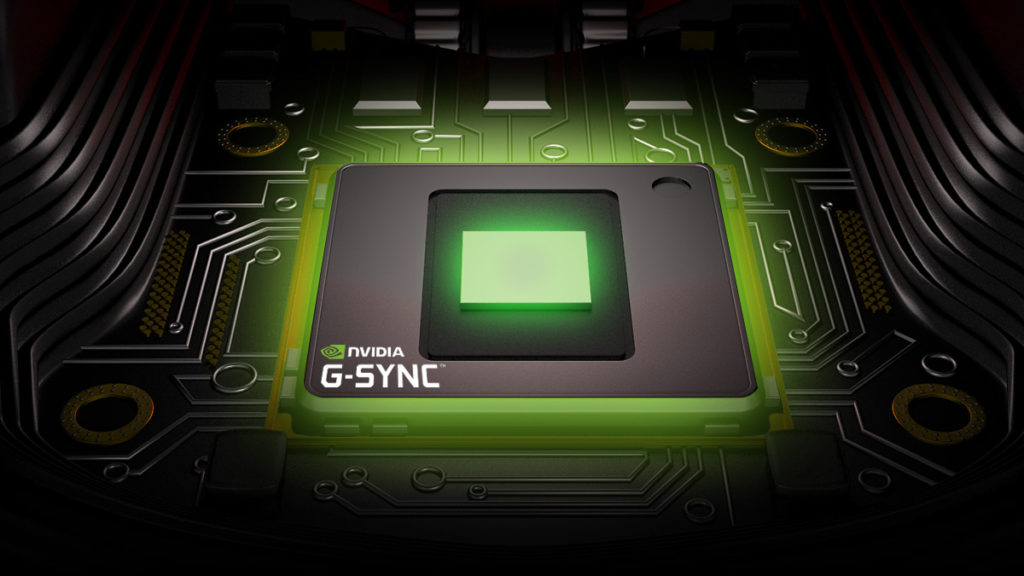Image: NVIDIA
NVIDIA’s G-SYNC Ultimate certification used to be reserved for gaming monitors that are capable of at least 1,000 nits of brightness (i.e., VESA DisplayHDR 1000), but that’s no longer the case. As spotted by PC Monitors, that requirement was removed sometime in November and replaced with something much more vague: “Lifelike HDR.”
Old: Features the latest NVIDIA G-SYNC processors to deliver the very best gaming experience, including HDR, over 1000-nits brightness, stunning contrast, cinematic color, and ultra-low latency gameplay.
Revised: Features the top NVIDIA G-SYNC processors to deliver the very best gaming experience, including lifelike HDR, stunning...
Continue reading...
